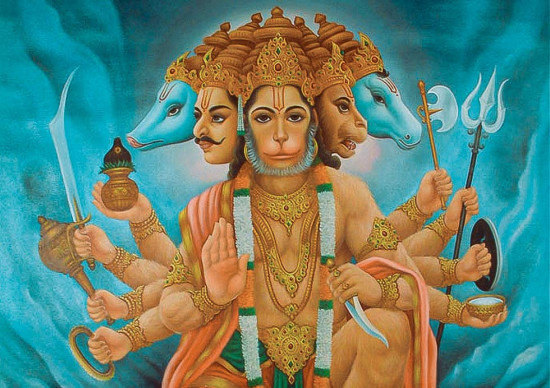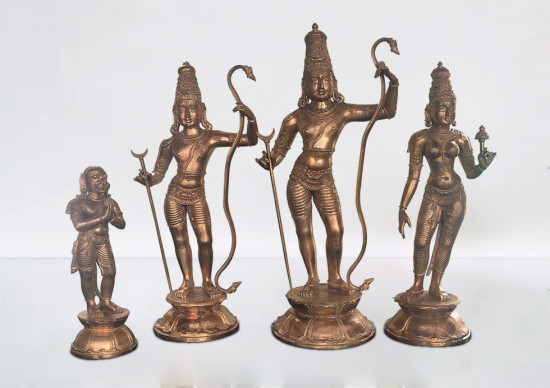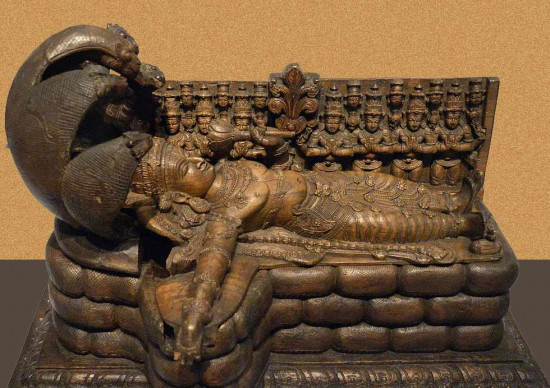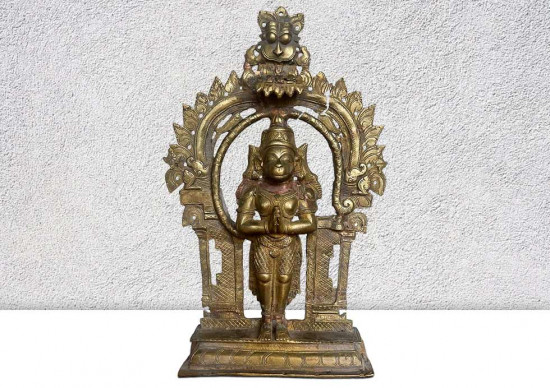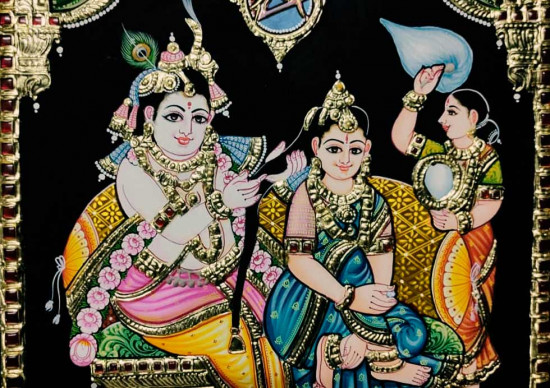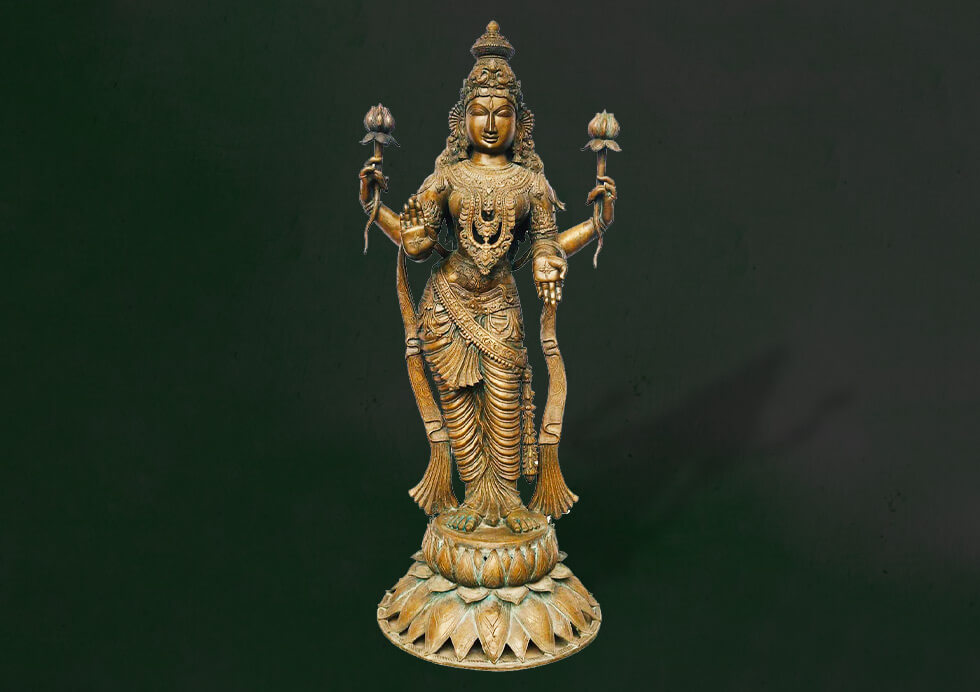
In Hinduism art plays a very significant role. We have seen marvelous art in the form of architecture of Hindu temples, the murtis used for worship, and various forms of artistic expression that convey profound spiritual meanings. Among the most striking manifestations of Hindu artistic tradition are the Hindu God statues and sculptures of gods and goddesses, known as murtis, which serve not only as objects of veneration but also as repositories of symbolic representation. These sacred images are crafted with meticulous detail, imbued with profound symbolism that reflects the multifaceted aspects of divinity and the intricate philosophies of Hindu belief systems. Through their intricate mudras, poses, attributes, and adornments, these statues offer a visual language that communicates the essence of Hindu theology and spirituality, inviting devotees into a deeper understanding of the divine.
Mudras
Mudras, or hand gestures, play a profound role in Hindu iconography, offering a nuanced language of symbolic communication through the subtle movements and positions of the fingers and palms of deities. Each mudra holds deep significance, reflecting the divine attributes and spiritual teachings associated with the depicted deity.
One prominent example is the Abhaya mudra, where the deity's hand is raised with the palm facing outward. This gesture symbolizes assurance, fearlessness, and protection. It is commonly observed in representations of deities in hindu God Statues such as Shiva, Buddha, and various forms of Lakshmi and Durga. The gesture assures devotees of divine protection and courage in the face of adversity, inviting them to trust in the benevolence and strength of the deity.
Furthermore, the positioning of fingers in mudras also conveys specific meanings. For instance, the positioning of the thumb and fingers in various configurations directs energy flow and channels cosmic forces. This intricate symbolism underscores the interconnectedness of the physical world with the spiritual realm, offering devotees a tangible connection to divine qualities and cosmic harmony.
Mudras in Hindu art are not merely gestures but profound symbols that encapsulate the spiritual essence and attributes of deities, guiding devotees towards deeper contemplation and reverence in their spiritual practices.
One prominent example is the Abhaya mudra, where the deity's hand is raised with the palm facing outward. This gesture symbolizes assurance, fearlessness, and protection. It is commonly observed in representations of deities in hindu God Statues such as Shiva, Buddha, and various forms of Lakshmi and Durga. The gesture assures devotees of divine protection and courage in the face of adversity, inviting them to trust in the benevolence and strength of the deity.
Furthermore, the positioning of fingers in mudras also conveys specific meanings. For instance, the positioning of the thumb and fingers in various configurations directs energy flow and channels cosmic forces. This intricate symbolism underscores the interconnectedness of the physical world with the spiritual realm, offering devotees a tangible connection to divine qualities and cosmic harmony.
Mudras in Hindu art are not merely gestures but profound symbols that encapsulate the spiritual essence and attributes of deities, guiding devotees towards deeper contemplation and reverence in their spiritual practices.
Postures (Asanas)
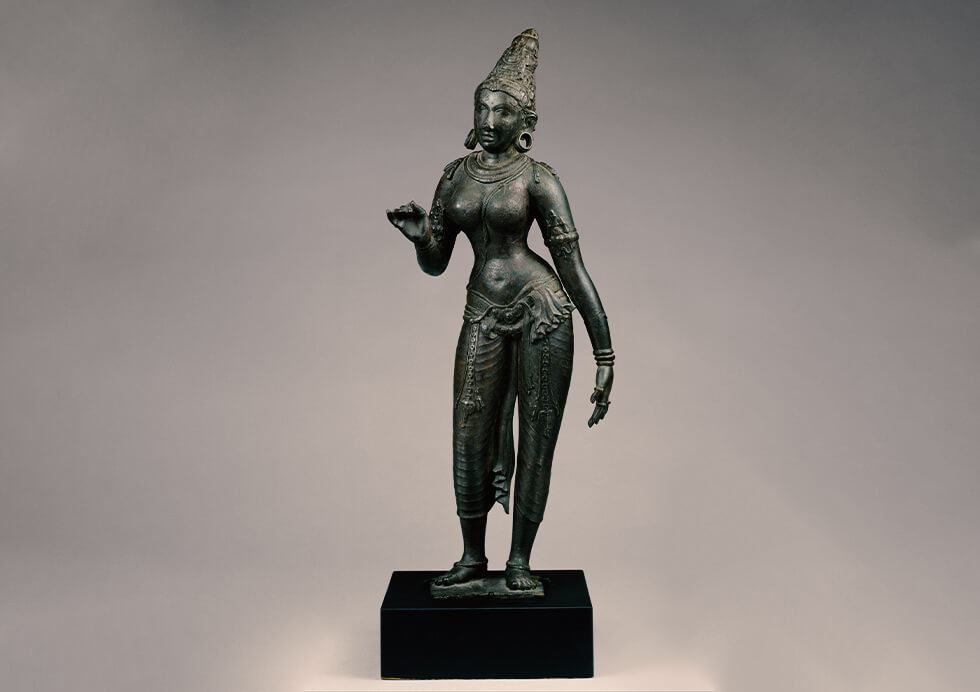
Poses, or asanas, assumed by Hindu gods in artistic depictions serve as potent symbols that convey their roles, attributes, and states of being. Each posture of Hindu God statue holds deep significance, offering insights into the deity's divine nature and cosmic responsibilities.
One of the most iconic postures is Shiva's Padmasana, the lotus position, where he sits in deep meditation. This pose symbolizes tranquility, introspection, and mastery over the self. It reflects Shiva's role as the ascetic yogi who withdraws from worldly affairs to delve into profound spiritual contemplation. The serene demeanor of Shiva in Padmasana inspires devotees towards inner peace and spiritual awakening.
One of the most iconic postures is Shiva's Padmasana, the lotus position, where he sits in deep meditation. This pose symbolizes tranquility, introspection, and mastery over the self. It reflects Shiva's role as the ascetic yogi who withdraws from worldly affairs to delve into profound spiritual contemplation. The serene demeanor of Shiva in Padmasana inspires devotees towards inner peace and spiritual awakening.
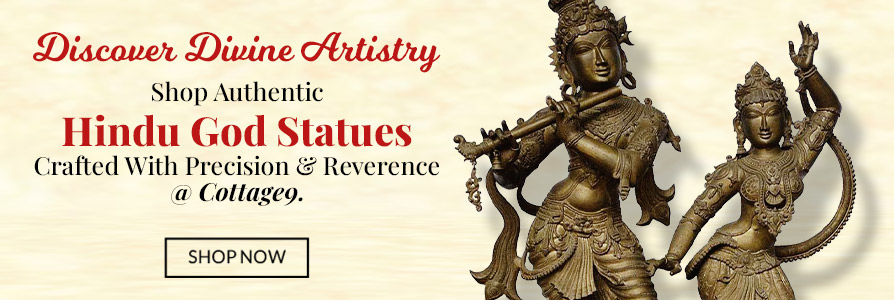
Lord Vishnu is often depicted reclining on the serpent Shesha (Ananta-Shayana), with his consort Lakshmi massaging his feet. This reclining posture signifies preservation, rest, and cosmic balance. Vishnu's repose on the serpent represents his role as the sustainer of the universe, maintaining order and harmony. It conveys a sense of divine tranquility and assurance that the cosmic cycle continues without interruption.
Moreover, the intricate details of these postures extend beyond physical representation. They encapsulate philosophical concepts such as dharma (righteousness), karma (action), and moksha (liberation), guiding devotees towards understanding the divine principles that govern existence.
By contemplating these postures, devotees connect with the spiritual energies and virtues embodied by the deities, fostering a deeper appreciation for their roles in cosmic creation, preservation, and transformation. Thus, postures in Hindu art serve as profound visual narratives that invite contemplation, devotion, and spiritual enlightenment among practitioners.
Moreover, the intricate details of these postures extend beyond physical representation. They encapsulate philosophical concepts such as dharma (righteousness), karma (action), and moksha (liberation), guiding devotees towards understanding the divine principles that govern existence.
By contemplating these postures, devotees connect with the spiritual energies and virtues embodied by the deities, fostering a deeper appreciation for their roles in cosmic creation, preservation, and transformation. Thus, postures in Hindu art serve as profound visual narratives that invite contemplation, devotion, and spiritual enlightenment among practitioners.
Attributes (Ayudhas)
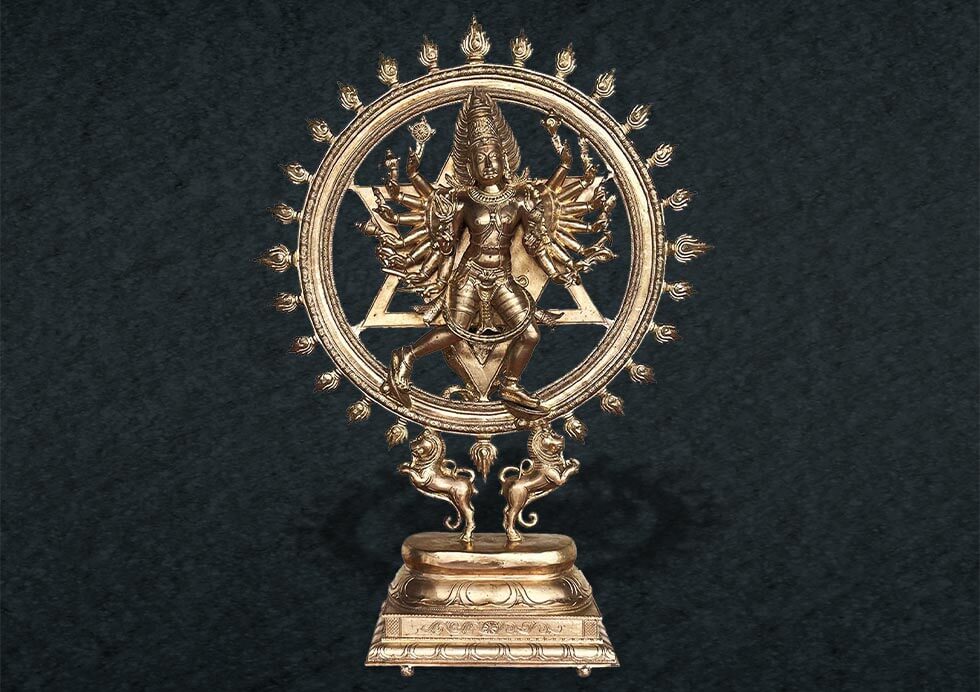
Attributes, known as ayudhas, wielded by Hindu deities are not merely symbolic ornaments but profound emblems that encapsulate their divine powers, roles, and cosmic responsibilities. These sacred objects convey deep spiritual meanings and are integral to understanding the mythological narratives and philosophical concepts associated with each deity.
Each deity carries specific objects or weapons (ayudhas) that symbolize their attributes and powers. For instance, the conch shell (shankha) and Chakra (discus) or the flaming wheel of Vishnu signify his power to protect and preserve.
On the other hand, Shiva, the sanhaarak and transformer in Hindu mythology, brandishes the trident (trishul) as a primary symbol of his power. The trishul's three prongs symbolize various trinities in Hinduism—creation, preservation, and destruction; the three gunas (qualities); and the three realms of existence (physical, astral, and causal). It represents Shiva's authority over the forces of ignorance, ego, and desires, enabling devotees to transcend worldly attachments and achieve spiritual liberation.
These ayudhas go beyond mere visual representation; they serve as potent reminders of the deity's divine attributes and the cosmic principles they embody. Through contemplation and worship of these sacred Hindu God Statues, devotees seek divine protection, spiritual guidance, and alignment with the cosmic order.
Each deity carries specific objects or weapons (ayudhas) that symbolize their attributes and powers. For instance, the conch shell (shankha) and Chakra (discus) or the flaming wheel of Vishnu signify his power to protect and preserve.
On the other hand, Shiva, the sanhaarak and transformer in Hindu mythology, brandishes the trident (trishul) as a primary symbol of his power. The trishul's three prongs symbolize various trinities in Hinduism—creation, preservation, and destruction; the three gunas (qualities); and the three realms of existence (physical, astral, and causal). It represents Shiva's authority over the forces of ignorance, ego, and desires, enabling devotees to transcend worldly attachments and achieve spiritual liberation.
These ayudhas go beyond mere visual representation; they serve as potent reminders of the deity's divine attributes and the cosmic principles they embody. Through contemplation and worship of these sacred Hindu God Statues, devotees seek divine protection, spiritual guidance, and alignment with the cosmic order.
Facial Expressions and Gestures
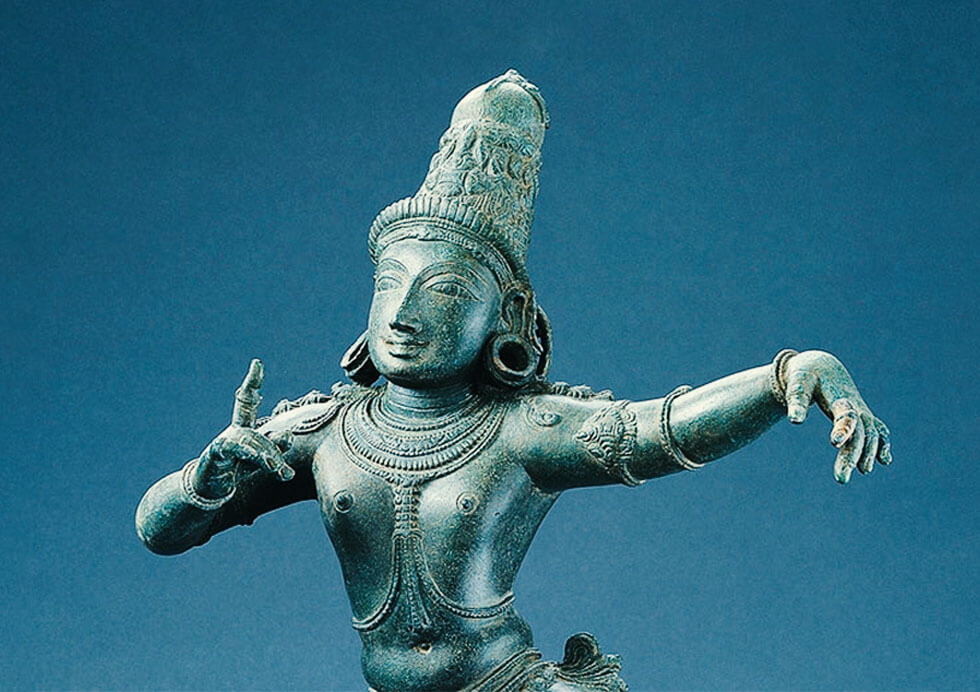
The expressions (bhava) on the faces of Hindu god statues convey their emotional states and divine qualities. For example, the serene smile of Buddha statues represents inner peace and enlightenment. You also must have seen Hindu god statues online with different facial expressions.
Goddess Kali is often depicted with a fierce expression, with her tongue protruding and eyes ablaze. This ferocity symbolizes her role as a destroyer of evil forces and protector of devotees. Her expression is intense, reflecting her power and the courage needed to confront and overcome challenges.
On the other hand, Lord Krishna, known for his youthful charm and mischievous adventures (lila), is often depicted with a playful smile. His flute-playing posture (venu vadana) and the enchanting smile on his face represent joy, creativity, and divine love (prema). Krishna's expression conveys a sense of lightheartedness and a deep connection with his devotees.
The eyes of Hindu deities are often depicted with deep symbolism. Large, expressive eyes signify awareness and the ability to perceive the truth beyond the physical realm. Half-open eyes (as in some depictions of Vishnu) represent the state between waking and dreaming consciousness, symbolizing the cosmic balance and the preservation of the universe.
The facial expressions and gestures in oldest Hindu god statues to the newer ones are meticulously crafted to convey not just emotions but deeper spiritual meanings. Each expression tells a story of divine qualities such as compassion, courage, wisdom, and transcendence, inviting devotees to connect with the divine essence and seek spiritual enlightenment. These expressions serve as a visual language, inspiring contemplation, devotion, and a deeper understanding of the divine within Hindu traditions.
Goddess Kali is often depicted with a fierce expression, with her tongue protruding and eyes ablaze. This ferocity symbolizes her role as a destroyer of evil forces and protector of devotees. Her expression is intense, reflecting her power and the courage needed to confront and overcome challenges.
On the other hand, Lord Krishna, known for his youthful charm and mischievous adventures (lila), is often depicted with a playful smile. His flute-playing posture (venu vadana) and the enchanting smile on his face represent joy, creativity, and divine love (prema). Krishna's expression conveys a sense of lightheartedness and a deep connection with his devotees.
The eyes of Hindu deities are often depicted with deep symbolism. Large, expressive eyes signify awareness and the ability to perceive the truth beyond the physical realm. Half-open eyes (as in some depictions of Vishnu) represent the state between waking and dreaming consciousness, symbolizing the cosmic balance and the preservation of the universe.
The facial expressions and gestures in oldest Hindu god statues to the newer ones are meticulously crafted to convey not just emotions but deeper spiritual meanings. Each expression tells a story of divine qualities such as compassion, courage, wisdom, and transcendence, inviting devotees to connect with the divine essence and seek spiritual enlightenment. These expressions serve as a visual language, inspiring contemplation, devotion, and a deeper understanding of the divine within Hindu traditions.
Colors

Colors used in Hindu god statues hold deep symbolic meanings, reflecting the divine qualities and cosmic roles of the deities they represent. For instance, the color blue, often associated with Lord Krishna, symbolizes transcendence and the infinite qualities of the divine. Krishna's blue skin signifies his omnipresence and his embodiment of love and wisdom beyond earthly realms.
On the other hand, red, prominently seen in depictions of Goddess Kali, represents power and transformation. It symbolizes Kali's fierce energy to destroy ignorance and evil, as well as her nurturing aspect in bringing about renewal and spiritual awakening. These colors in Hindu iconography not only visually distinguish the deities but also convey profound spiritual messages that inspire devotion and contemplation among followers.
On the other hand, red, prominently seen in depictions of Goddess Kali, represents power and transformation. It symbolizes Kali's fierce energy to destroy ignorance and evil, as well as her nurturing aspect in bringing about renewal and spiritual awakening. These colors in Hindu iconography not only visually distinguish the deities but also convey profound spiritual messages that inspire devotion and contemplation among followers.
Conclusion
Hindu god statues stand as profound embodiments of artistic expression and spiritual symbolism within Hinduism. From their intricate mudras and expressive facial features to their symbolic postures and vibrant colors, these statues encapsulate the diverse aspects of divinity and the profound philosophies of Hindu belief systems. Each element—whether it's the serene smile of Buddha representing inner peace, the dynamic poses of deities conveying cosmic roles, or the symbolic attributes reflecting divine powers—serves to inspire devotion, contemplation, and a deeper understanding of the divine essence.
Through centuries of artistic tradition, Hindu god statues have not only served as objects of veneration but also as repositories of cultural heritage and spiritual wisdom. They invite devotees to connect with the divine presence and explore the timeless teachings embedded in their craftsmanship. As repositories of symbolic representation, these statues continue to play a vital role in enriching spiritual practices and fostering a profound sense of reverence and spiritual connection among followers of Hinduism worldwide.

